May 27, 2022
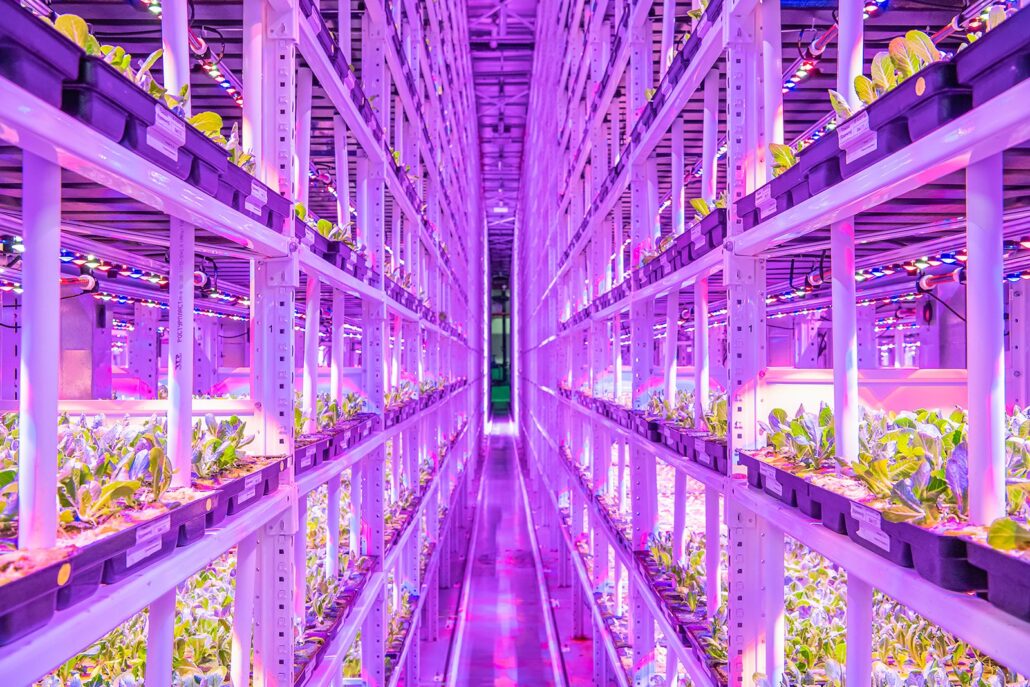
The world population keeps growing more than the resources we have available, and most of it is concentrated in cities, which will become less and less sustainable hubs unless they start producing food resources internally. This will avoid catastrophic pressures such as congestion, pollution, and unsustainable food prices [1]. It is precisely because of these needs that vertical farming was born: an innovative practice that enables urban vegetable growing by using existing or newly developed buildings. What matters is not the chosen building but the technology to recreate natural conditions for growing vegetables. There are a few basic requirements for vertical farming, and the first of these is undoubtedly climate maintenance, which must be ideal for the selected vegetable throughout the whole year. From here comes the need to study an air cooling and heating system that can maintain a perfect temperature control. Plant nutrient control must also be taken into utmost consideration. Vegetables are planted in expanded clay or rockwool in which the required nutrients are dissolved. A proper lighting control is also essential. LED lights guarantee the best performance and help create the “ideal day” natural conditions. Evidence shows that to produce one kilogram of lettuce in an open field 250 liters of water are required. The number drops to 20 liters in a greenhouse and one liter in a vertical vegetable farm [2].
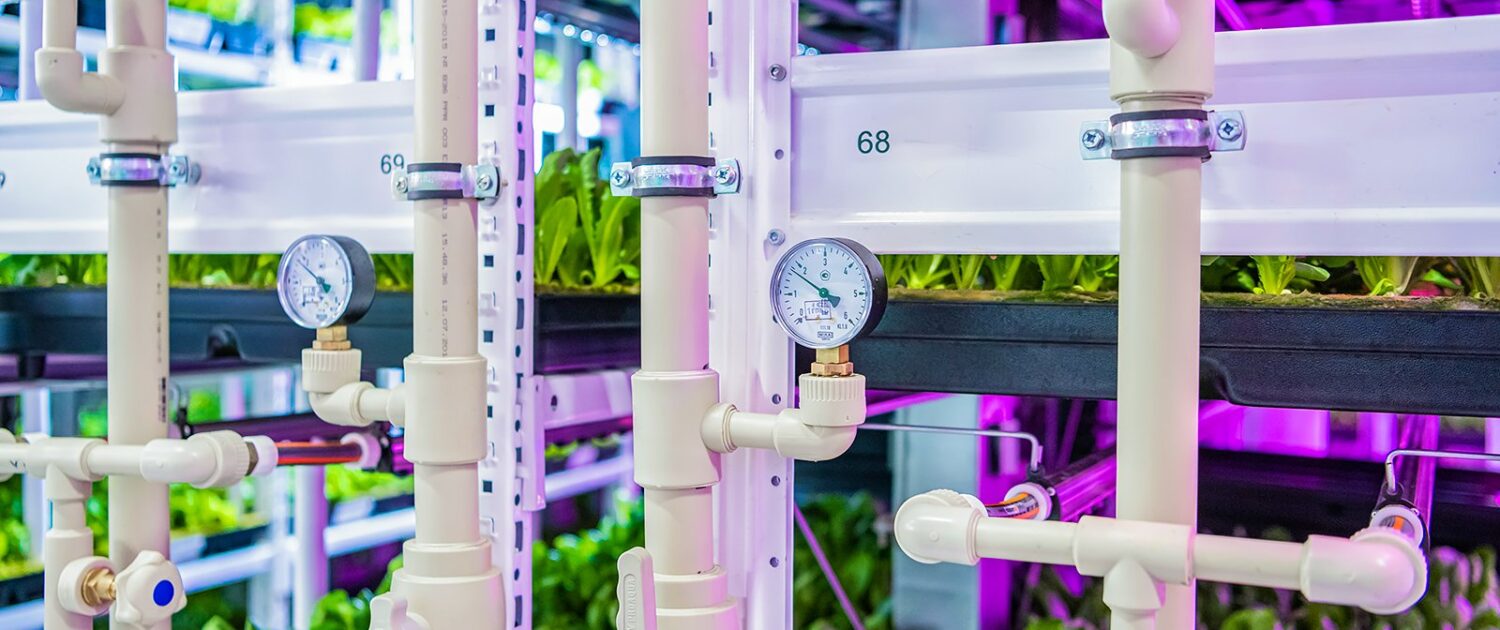
Fig. 1: The key requirement in vertical farming is the adequate use of tecnological appliances to recreate natural conditions for vegetables growing (Moskow. November 14, 2019). By Mos.ru, CC BY 4.0, https://commons.wikimedia.org/w/index.php?curid=90824676.
Although vertical farming was established to solve the population growth issue, it also contributes to numerous other environmental emergencies and critical issues, for example water waste and contamination. Current farming practices treat water as an endless resource and use substantial amounts of pesticides that contaminate the soil, groundwater and the air. Vertical farming, instead, minimizes water waste because all processes are automated thus allowing as much as 90 % less of water use [3].
Since vegetables are grown indoor, insects and parasites do not represent a major problem, so pesticides are not used and water pollution disappears. Also, vertical farming minimizes land consumption since extensive land plots are no longer needed to ensure food production. From a nutrition perspective, vertical farming is expected to become a plausible way to feed the world. When during the pandemic lockdowns, global logistics showed their fragility, indoor farming became crucial to the world.
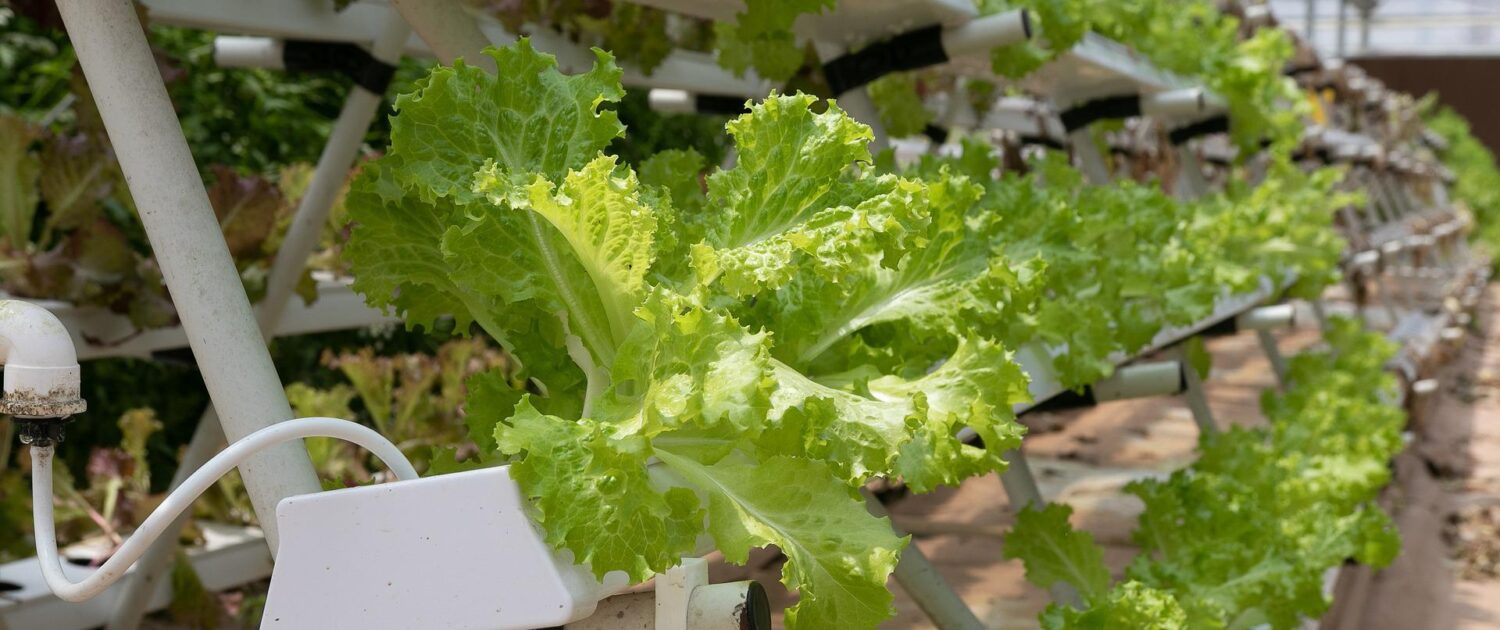
Italy was one of the first European countries to launch vertical farming production in the market. Thanks to a 9000-square-meter facility on the outskirts of Milan, Planet Farms represents a relevant commercial business in the market. Founded in 2018, the company has produced since May 2021 between 40,000 and 60,000 packs of salad and herbs per day. The vegetables are sold to Lombardy’s retailers at prices comparable to organic products. Also on their agenda is the construction of five more plants in different European countries, resulting in a total investment on production facilities of another 30 million euro.
Even in large-scale retail, vertical farming can have a significant impact. Agricola moderna distributes its products through the Carrefour and Cortilia channels. The soil consist of organic substrates designed specifically for each plant variety and air is filtered to ensure a protected environment. The company produces 100 kg/day of salad but is planning to build a fifteen times larger, fully automated plant with a goal of replicating it abroad.
Although much smaller in size, Trentino also has its own Vertical Farming plant. In an innovative aeroponic vegetable garden made of lights and inclined tanks, plants are suspended in the air and absorb water and nutrients through nebulization. This is the result of the progetto V-Frm, part of the “Be Factory” premises of the Trentino Sviluppo technology hub in Rovereto. The system allows plant roots to stay clean so that active ingredient can be extracted when the plant is still alive. This permits the extraction of ingredients for the preparation of cosmetic and medicinal products.
The project also plans to “bio-strengthen” food products, which means to integrate plant nutrients with greater amounts of minerals such as iron, which is an essential element in the diet of anemic people. This would allow growing innovative farm products, like a strawberry or salad variety particularly rich in iron, and preventing certain metals, like iron and nickel, to end in foodstuff for people that are intolerant or allergic to them.
The system is based on a nebulizer that sprays water on the suspended roots every thirty seconds and that gives them time to get dry, in order to prevent rotting. Besides water, plants are supplied with fourteen base minerals so that plant fibers will be in the diet 365 days a year.
Trentino also saw the birth of the first startup for the development of hydroponic vertical vegetable gardens (VeVe- vegetali in verticale). In this farming method, water and nutrients are sprayed on suspended plant roots thus using limited amounts of water and energy. The startup’s mission is “a garden in every home” to ensure fresh and local food.
Vertical farming is a winning paradigm shift because it brings multiple benefits: the principle is simple but effective and allows for sustainable and future-proof urban systems.
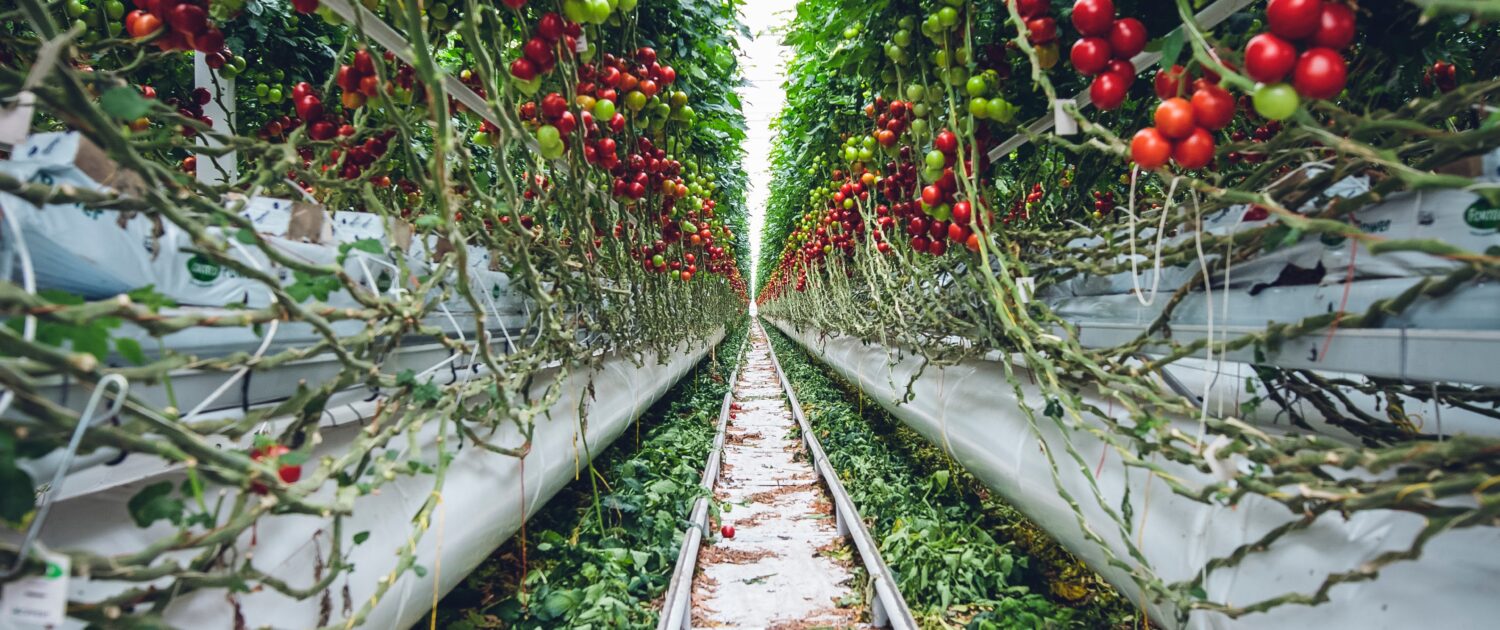
Fig. 3: Vertical cultivation of fast-growing tomatoes and sweet peppers in a large-scale greenhouse (Upper Franconia, Bavaria, Germany. August 19, 2019). Photo by Markus Spiske on Unsplash.
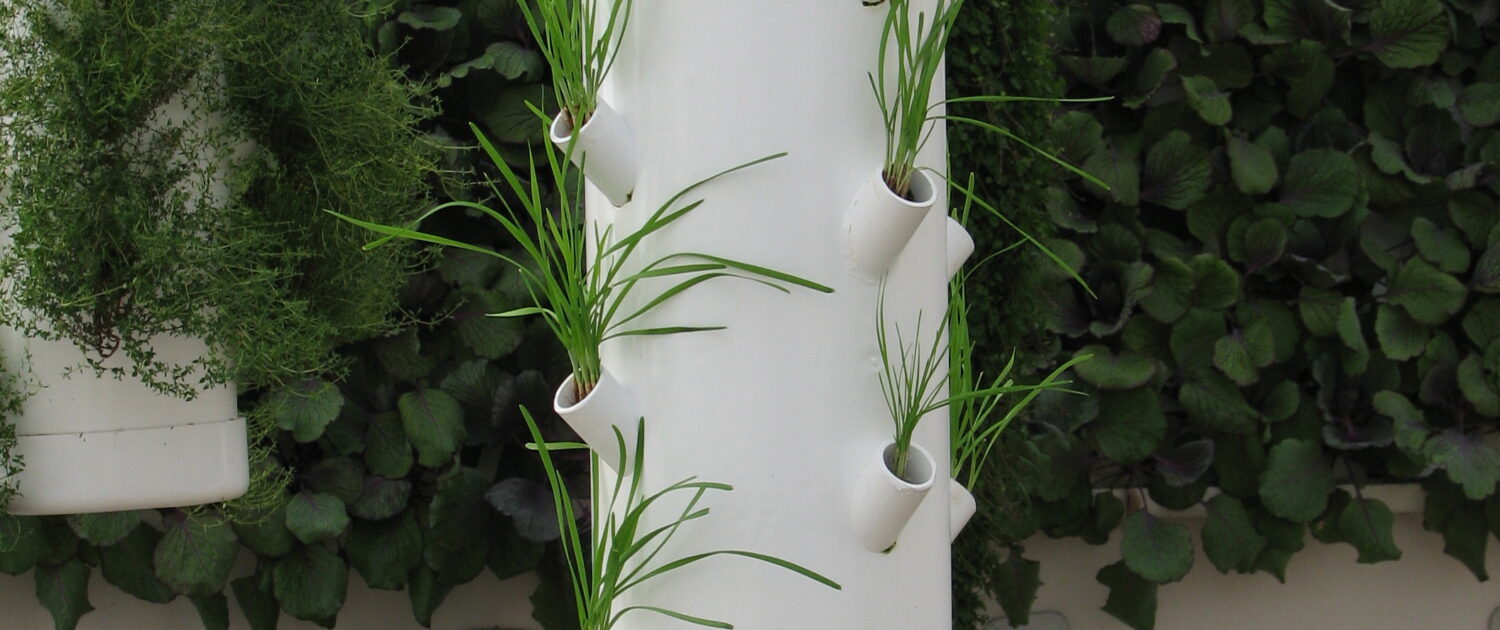
Fig. 4: Aeroponically-grown chives in The Land greenhouse at Epcot in Walt Disney World. (USA. 9 January 2007). By Benjamin D. Esham / Wikimedia Commons, CC BY-SA 4.0, https://commons.wikimedia.org/w/index.php?curid=5115387.
Cover and preview photo: RusEco City Vertical Farm (Moskow. November 14, 2019). By Mos.ru, CC BY 4.0, https://commons.wikimedia.org/w/index.php?curid=90824674.


